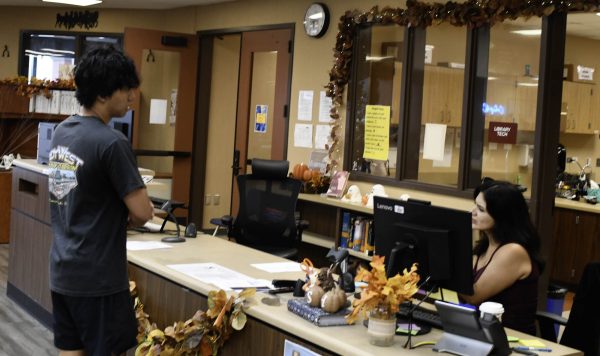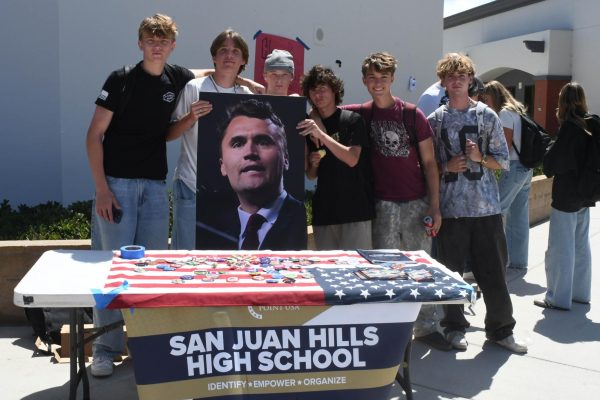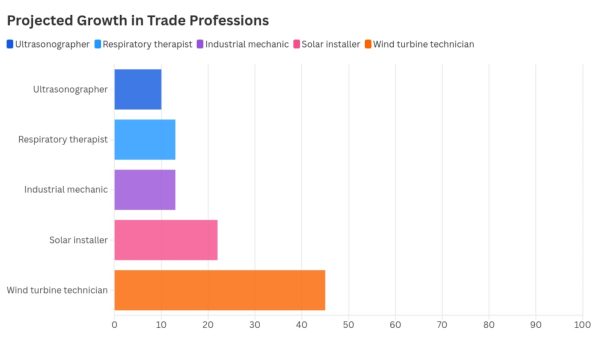Trustee Reardon Comments on Proposed Bond Measure
While he says he can’t support the bond in its current form, he has other ideas for the future.
The Express: Do you support the idea of a bond on this year’s ballot?
Reardon: To adequately address your question, I first must provide some background. I am a well-known skeptic when it comes to taxation, especially on thin justification. When the $9 billion bond Proposition 51 for school facilities qualified for the November ballot, CUSD started to rush forward a plan of its own. The statewide plan requires local matching money, so this was a thin justification. I proposed that the Board of Trustees consider a resolution that contained a “finding of need” for facilities renovation and modernization in our schools. The Board considered this resolution and passed it by unanimous vote in June.
The Express: Then what happened?
Reardon: At the time, we still did not have anything resembling a plan for spending local bond proceeds. In fact, at the time, we did not have details concerning the size of the tax and its impact on our communities.
The Express: So how could those questions be answered?
Reardon: Early on, I took the position that I could support at tax that was tailored to areas of the District, each according to need. In our large district, communities are on different timelines. Areas in the south (DP, SC, SJC) are older communities with older schools, and generally do not pay Mello-Roos taxes. Areas in the north, including Ladera, Talega, Las Flores, Coto, and RSM are newer and continue to pay Mello-Roos taxes. We also have one big problem, Mission Viejo and Aliso Viejo, which is a mixed-age community (with greater needs at the schools), but still paying Mello-Roos after almost 30 years. Many voices in the northern areas and Mission Viejo were understandably worried about taking on yet another tax for schools. Finally, the Ranch area around SJHHS is problematic, as it is the only remaining area of CUSD that is growing. New development will add demands to our district, but all the new houses will be subject to new Mello-Roos tax (to fund school construction and other infrastructure), and yet these taxes do not appear to be sufficient by themselves to fully fund needed construction. Returning to the timeline, all of these areas are in different stages of maturity, with different needs. The part from the Ranch is actual a future need (the schools aren’t built yet).
The Express: So, what’s the solution?
Reardon: Seeing this dilemma, I felt that the best solution was to divide the district into funding zones, roughly along municipal boundaries. This would allow the Board to set tax rates in each area differently, according to need. It would also allow the Board to issue bonds in different areas at different times, thus aligning our spending with needs in each area. Finally, it allowed us to provide taxpayers with the assurance that money collected in their neighborhoods would be spent locally, instead of paying for faraway facilities. This latter feature was important, because our critics (mostly in the north and MV) complain that the needs in the south are so severe that they will be (in effect) subsidizing the southern communities. Whether this is true or not, for a voter, perception is reality.
The Express: How did other Board members view this proposal?
Reardon: The proposal to create funding zones received initial support from Trustees, in part because I signaled my willingness to support targeted taxes. At the time, the Board lacked the needed votes to place a district-wide bond on the ballot, so my support of targeted bonds was a compromise. However, when the positions of all Trustees evolved, my vote appeared no longer to be necessary, so the Board adopted a different plan, which amounts to a district-wide uniform tax that completely excludes Rancho Mission Viejo. I have made it publically known that I cannot support a bond or tax in this form.
The Express: Do you think there will be enough votes to pass the bond, even without your support?
Reardon: Since that decision, support for the district-wide bond among Board members appears to have eroded. At our August 10 meeting, 5 affirmative votes will be needed to place a bond measure on the ballot. Right now, I don’t think we have the votes, but that is today, July 24.
The Express: Why is the August 10 meeting important?
Reardon: The August 10 meeting is pivotal. After August 12, it is not possible for CUSD to add anything to the November ballot. It is already impossible to adjust the funding areas before August 10, so we are stuck with the present district-wide funding model. For all these reasons, I am advocating that we set our sights on a later election and that we reconsider the question of funding facilities by area, with appropriate amounts for each, and allow for different timelines. I cannot support the uniform district-wide bond.
The Express: So what should be the next steps in order to move forward to meet growing facilities needs?
Reardon: In my view, it is essential that we have the commitment of the entire district to school facilities funding. We gain this support through application of logic and common sense principles of fairness. Shifting to a later election provides us with the time to adequately justify our needs to voters.
The Express: Can SJHHS get the facilities improvements it needs without a bond?
Reardon: As a new school, SJHHS has few identified facilities needs. The classroom expansion that is underway is funded from Mello-Roos sources and does not depend on a bond. Resolving the issues connected with the athletic field is on the bond-funding list, but as a small project, this also can be resolved. At our meeting of July 20, Trustees voted to issue the final Mello-Roos bonds connected with Whispering Hills, finally allowing us to pay-off the acquisition cost of the school, and leaving a small surplus for other purposes.
Your donation will support the student journalists of San Juan Hills High School. Your contribution will allow us to cover our annual professional memberships as well as equipment and other costs associated with bringing you high quality student journalism.

Mr. Kaiser is currently in his 24th year as a media adviser in CUSD and was San Juan Hills High School's 2019 Teacher of the Year. He also teaches AP government...





